🧬 NAD+ – Research Overview
0. Category:
Anti-Aging / Longevity, Metabolic Health, Neuroprotection, Energy Optimization, Immune Support
1. Primary Research Use:
NAD+ is primarily researched for its role in cellular energy production, DNA repair, and regulation of metabolic pathways. Studies focus on its potential to slow aging processes, enhance cognitive function, and improve overall cellular health.
2. Simple Analogy:
Think of NAD+ as the body’s “spark plug”—essential for igniting the energy production in cells, keeping the engine of the body running smoothly and efficiently.
3. What It Is (Chemical Summary):
NAD+ (Nicotinamide Adenine Dinucleotide) is a coenzyme found in all living cells. It plays a crucial role in redox reactions, transferring electrons from one reaction to another, and is vital for metabolism, DNA repair, and cell signaling.
4. Best Suited For:
This compound is commonly researched by those interested in aging, metabolic disorders, neurodegenerative diseases, and enhancing physical performance. It may appeal to researchers studying cellular repair mechanisms and energy metabolism.
5. Not Recommended For / Caution In Research With:
Caution is advised when researching NAD+ in individuals with:
- Active cancer (due to its role in cell proliferation)
- Pregnancy or breastfeeding (due to insufficient safety data)
- Known hypersensitivity to NAD+ compounds
6. Synergistic Peptide Stacks:
- NMN (Nicotinamide Mononucleotide) – A precursor to NAD+, often studied together for boosting NAD+ levels.
- NR (Nicotinamide Riboside) – Another NAD+ precursor, researched for similar purposes.
- Sirtuin Activators – Compounds that, in conjunction with NAD+, may enhance longevity-related pathways.
7. Common Dosing Guidelines (Research Use):
| Experience Level | Common Dosage Range |
|---|---|
| Beginner | 50-100 mg 1-2 times/week |
| Intermediate | 100–200 mg 2-3 times/week |
| Advanced | 300–500 mg 2-3 times/week |
Administration methods vary and may include oral, intranasal, subcutaneous injection, or intravenous infusion, depending on the research focus.
8. Cycling Information:
Research protocols often suggest daily administration for 4–12 weeks, followed by a 2–4 week break. Cycling may vary based on specific research goals and observed outcomes.
9. Similar Compounds & Comparison Chart:
| Compound | Duration | Mechanism of Action | Dosing Frequency | Notes |
|---|---|---|---|---|
| NAD+ | Short (hours) | Coenzyme in redox reactions | Daily | Directly involved in energy metabolism |
| NMN | Medium (hours) | Precursor to NAD+ | Daily | Converts to NAD+ in the body |
| NR | Medium (hours) | Precursor to NAD+ | Daily | Converts to NAD+ in the body |
| Sirtuin Activators | Variable | Activates sirtuin pathways | Varies | May enhance effects of increased NAD+ levels |
10. Method of Administration:
NAD+ is typically administered via oral supplements, intranasal sprays, subcutaneous injections, or intravenous infusions, depending on the research objectives and desired bioavailability.
11. Regulatory Status (FDA Approval):
NAD+ is not approved by the FDA for any medical or veterinary use. It is classified as an investigational compound and is available for research purposes only. It has not undergone formal clinical trials in the United States.
12. Legal Disclaimer:
All products discussed are intended for laboratory, scientific, and research purposes only. These products are not approved by the FDA for human or veterinary use and are not intended to diagnose, treat, cure, or prevent any disease. They must not be used for any form of medical application or personal use.
The information presented is for educational purposes only and is not medical advice. Always consult a licensed healthcare professional before making decisions regarding your health.
By accessing or purchasing these materials, you affirm that you are a qualified researcher or are acting under the supervision of one. All sales are final.
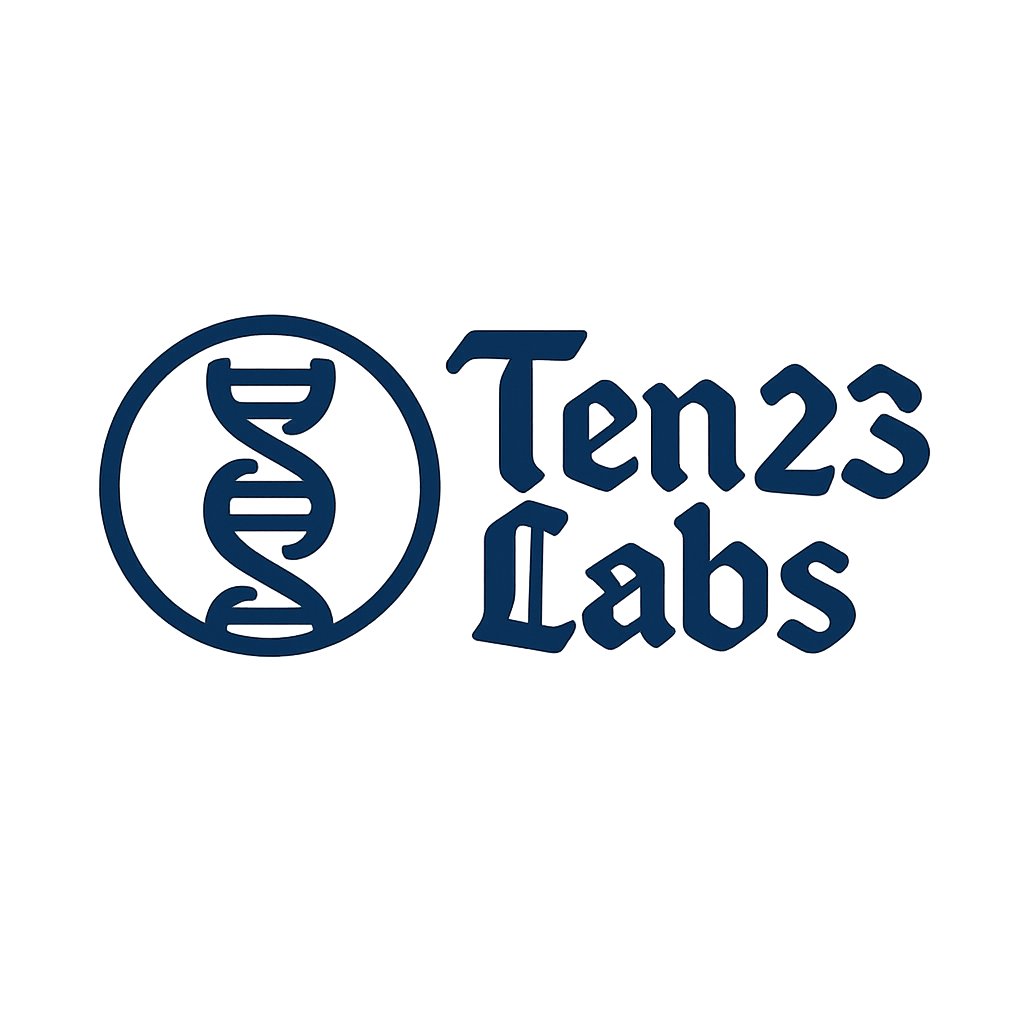
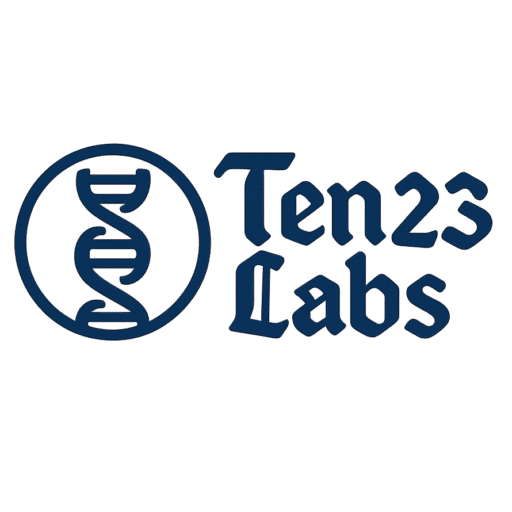
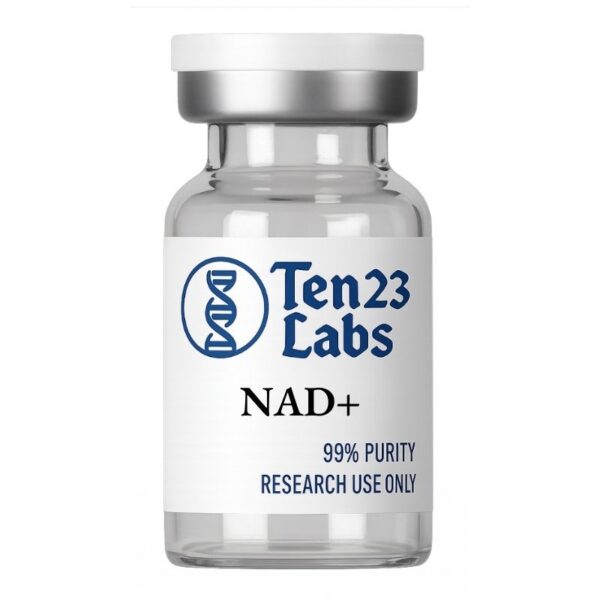
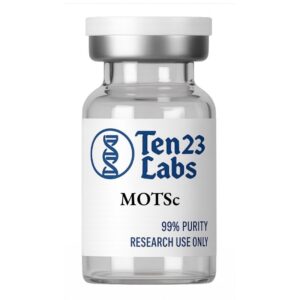
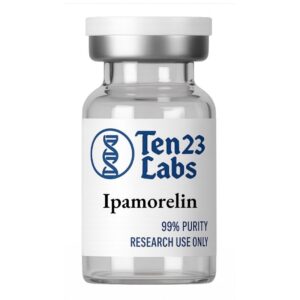

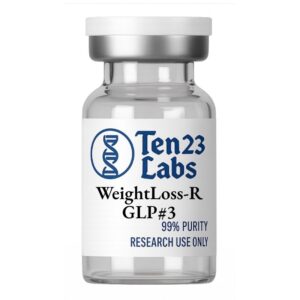

Reviews
There are no reviews yet.